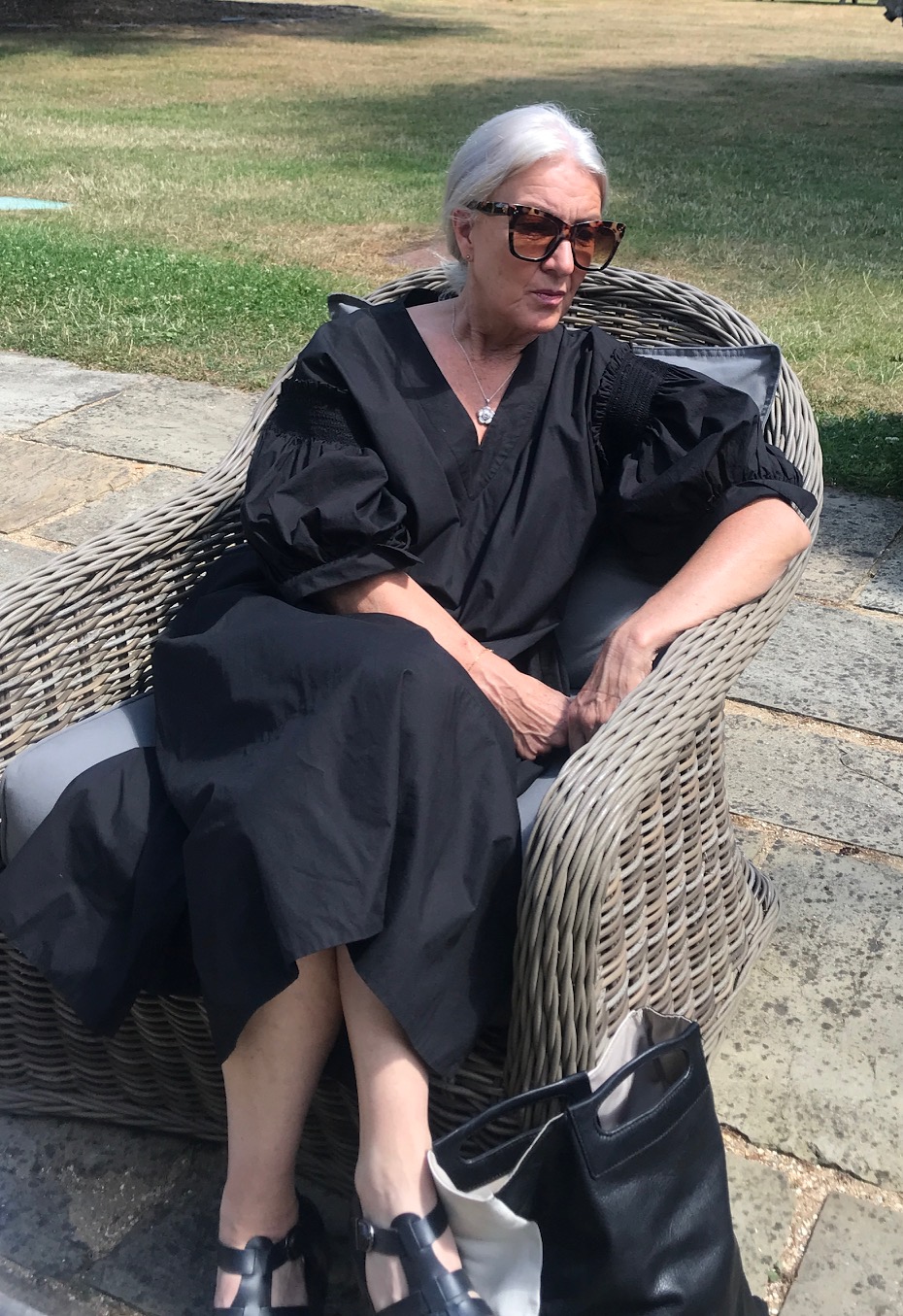We were lucky to catch up with Philippa Radon recently and have shared our conversation below.
Hi Philippa, thanks for joining us today. How did you learn to do what you do? Knowing what you know now, what could you have done to speed up your learning process? What skills do you think were most essential? What obstacles stood in the way of learning more?
1. Instinctively and intuitively – two key traits critical to inner confidence & being a good designer. or life coach. Training, trial & error, and an obsessive/compulsive love of well thought out design. 1b. Through the process of the craft – and it is a process, that navigates the creative journey from a basic, familiar plan that then allows one to deviate from and explore.
1c. Life coaching always felt like something I would avoid, until I tried it. When we put out so much creatively, emotionally and professionally we need to self nurture to recharge.
2. I would have loved to have studied under one of the greats for a year or two.
3. Creativity, imagination, reliability and consistency in communication skills – and a calm thinking demeanor. There are always fires to put out, multiple plates to spin simoutaneously and unexpected mountains to climb – so looking ahead at things that could possibly go wrong and being prepared, rather than focusing on what’s gone right has always proved beneficial. It’s all a part of the creative vision. Though we acknowledge goals met along the way, we prefer to save the larger moments of achievement to the end … after all, its the client that has to give us the green light to its overall success.
4. Myself ! by not taking on skilled help and broadening my team sooner. We always learn from team collaboration.
Philippa, before we move on to more of these sorts of questions, can you take some time to bring our readers up to speed on you and what you do?
I value the meaning of home dearly. It’s a privilege to be in someone else’s home, observing the small details of how their life unfolds, it goes far beyond being about furniture and objects. From a young age coming from a split family I always had this idea that one day a home of my own would give me a true sense of belonging and security, which is what we all strive for in some manner. My mother was a great creative influence, with a magnificent sense of colour and a great eye which I like to think I inherited :). My father, among other things taught us about the arts, travel, design – on a higher plateau. The human side of design has always been important to me, we build client relationships based on trust, an intuitive feeling that it’s a right fit, as well as all of the professional elements. My studios/ East & West coast offer a full service in design, meaning colour, furniture fabrication, drapery, art resourcing, kitchen planning and install etc.. with no job too large or two small – because its not the scale of a project that concerns us ( we like a blend of large & smaller projects to keep the Studio flow invigorated ) but the energy and creative flair of how everything is put together that supports and narrates the story of the dweller.
I have a sixth sense ( and synesthesia ) of just knowing what each project needs … no two are alike. Design is not some cut and paste digital process, its personal, emotional, feeling.
I created The Brief, a design questionaire, which we have clients complete – that opens the door to some creative thinking for them from the early stages and gives us an insight and small detail facts that are always needed.
We always give the client an end of week summary report on the weeks progress. Where we are, who did what, delays, dilemma’s and solutions etc
My design always starts from a place of colour, finding that one right thing that triggers all else to follow – everything else then flows … I’m pretty insistent of tactile vision boards over anything digital for client presentations. It’s such a tactile “touchy feely’ profession, we need to be hands on and involve the client here as the vision broadens and builds. It builds trust, pre the purchasing stage, when their budget is flowing out and there is little to actually show for it, pre implementation. Colour selection is always such a daunting for people – our confidence in this arena, puts the clients at ease. No one wants to hear a client walk into a finished space and hear “o no ‘… I think that the small creative surprises are best to introduce once you know the client better …
How about pivoting – can you share the story of a time you’ve had to pivot?
I’m a well seasoned, obsessive designer, who gives my all to each project and my team. But, by not allowing downtime or an alternate interest of any kind to grow ( normally there are minimally six projects on the go at any one time ) it really led to a burn out about eight years ago. It took some real soul searching, a move across country, an earnest look at the business structure, the weak spots and recognize the areas that used to give me most joy – but now seemed soul less… to find a renewed motivation and down size. In taking a series of coaching sessions for myself with a wonderful guide to help me through this period, I then became an advanced trained life coach myself. It helps me with my clients on many levels… because who I am, what I do, is not something that gets turned on daily 9-5 – it’s who I am naturally. There is a need for a creative outlet each and everyday. It’s an art form, a daily practice with or without a clientelle. I keep going with design, in the hope that each project ends up as being more than crafting beautiful homes, that bring visual beauty – but that bring some enlightenment through the process as to how blessed we are to live with such abundance.
Any advice for managing a team?
Because I know the value of having a good diverse team this question appealed ! Always hire up, meaning, finding people who can bring more to the table and different aspects and skills than I do myself. I hire not by academic skills, but by practice, experience, motivation, passion, attitude and an interest. We are not a nine to five group … we stay flexible and grounded with each project – as we work through the project observations and objectives together. It’s an enneagram that has no hierarchy within the Studio – though nothing goes out without me seeing it and understanding the reasoning behind our design selections. I treat my team as family, after all we spend an inordinate amount of time together !
We have a team gathering on a Monday and again mid week that gets us to catch up personally as well as on work. Everyone contributes.
I enforce a three day weekend for each team person each month to ensure we all stay sane and motivated.
The team spirit spills over to the clients and to the trade craftsmen we work with… bringing quality and meaning to each part … its life
Contact Info:
- Website: philipparadondesign
- Instagram: @philipparadon
- Facebook: philipparadondesign
- Twitter: Not this either – I used to
- Other: Substack
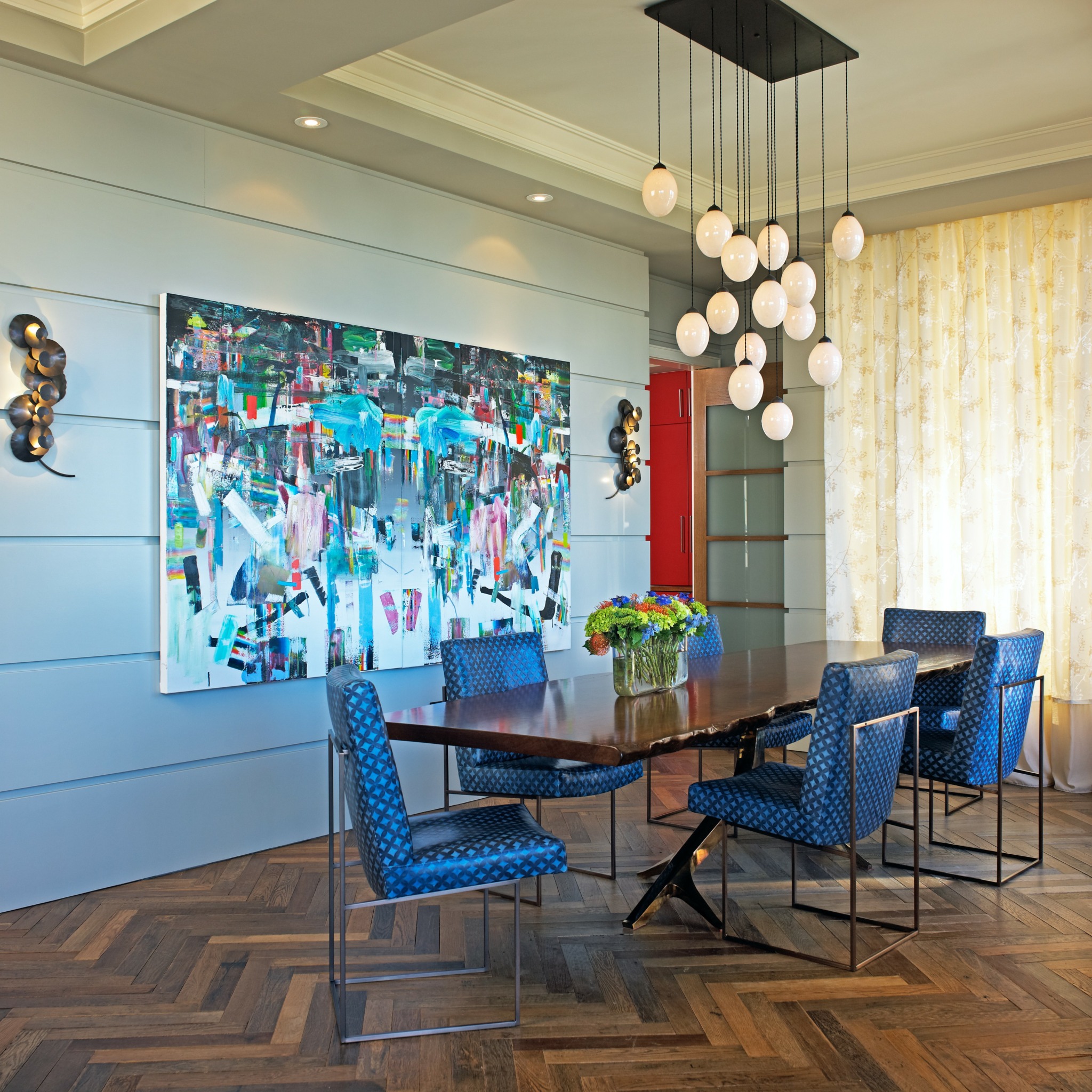


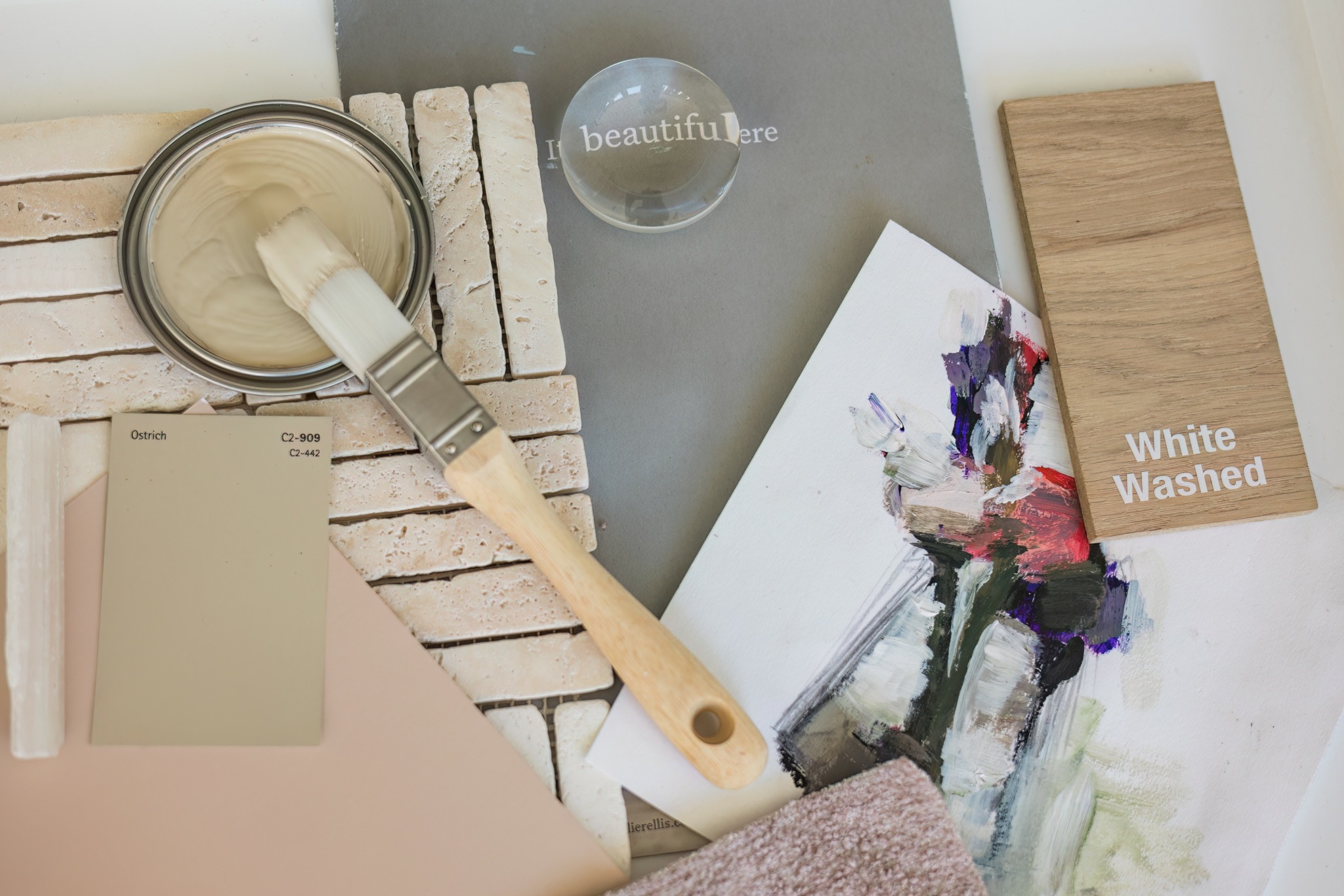
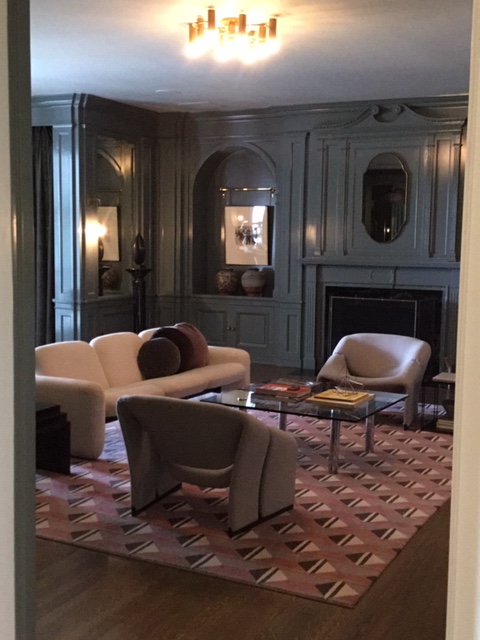

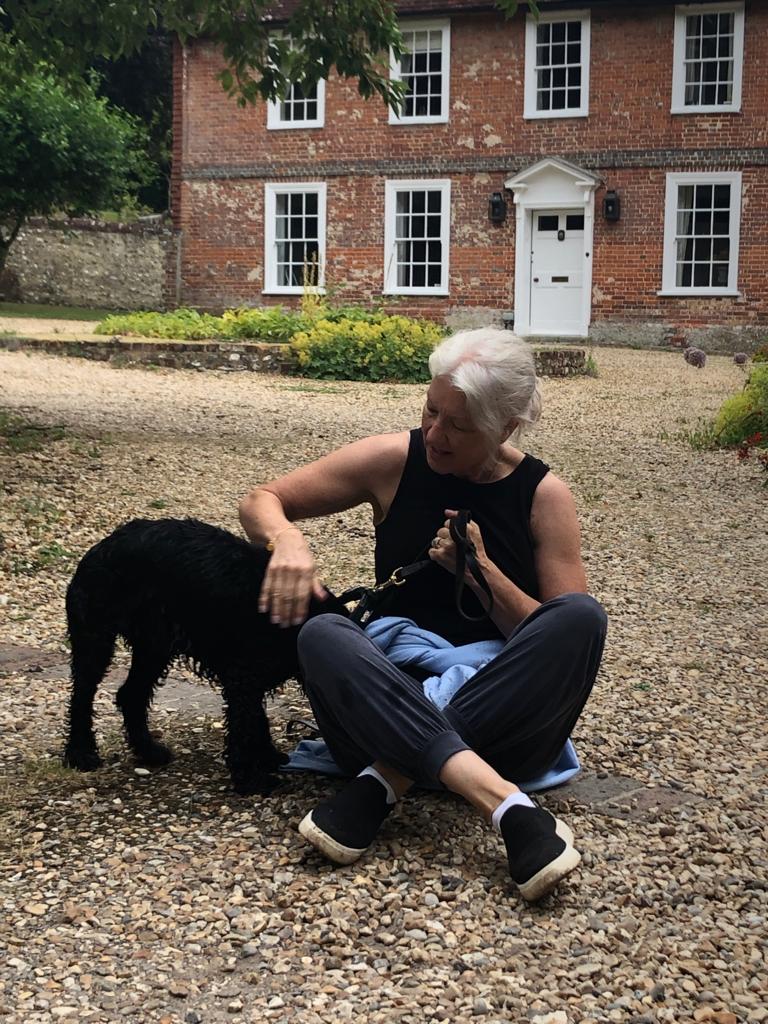
Image Credits
Sheena Pendley Design & Photography


